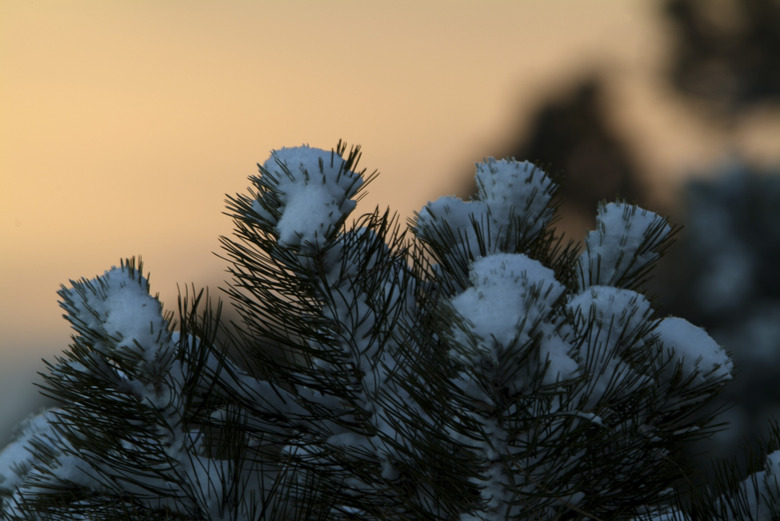What Is The Average Lifespan Of A Blue Spruce?
Blue spruce trees (Picea pungens) are prized for the bluish cast of their needles, which is caused by a waxy coating. The trees have a naturally pleasing shape and grow slowly, making them a common choice among home gardeners who want a garden accent tree. They can live for a very long time.
Blue spruce trees (Picea pungens) are prized for the bluish cast of their needles, which is caused by a waxy coating. The trees have a naturally pleasing shape and grow slowly, making them a common choice among home gardeners who want a garden accent tree. They can live for a very long time.
Lifespan
Blue spruce trees can be very long-lived. In fact, they can live for 600 years or longer, according to the U.S. Department of Agriculture Forestry Service. A blue spruce that is between 275 and 350 years old will have a diameter of between 18 and 22 inches.
Size
Blue spruce trees can grow to heights of 75 feet or more. They grow at a rate of about 12 inches per year once established, but it takes them a few years after being transplanted to become established. Because of their slow growth and brittle wood, they rarely grow to great sizes in home cultivation. In landscapes, they are usually between 30 and 50 feet tall, with a diameter of between 10 and 20 feet.
- Blue spruce trees (Picea pungens) are prized for the bluish cast of their needles, which is caused by a waxy coating.
- Because of their slow growth and brittle wood, they rarely grow to great sizes in home cultivation.
Climate
A cool climate contributes to the slow growth and long life of these trees. Blue spruces thrive in U.S. Department of Agriculture plant hardiness zones 4a through 7b. They are native to the mountainous climates of the western United States, primarily Colorado. In fact, the blue spruce is Colorado's state tree. They grow in full or partial sun and will tolerate a wide range of soils as long as they are well-drained.
Considerations
Disease and insect pest problems can greatly shorten the lifespan of this tree. Blue spruces are especially susceptible to Cytospora canker, which kills the tree's branches from the lower branches upward. Needle casts and rust diseases can cause the needles to turn yellow and fall off. Aphids, scale, boring insects and gall-forming insects also frequently infest blue spruce trees.
- A cool climate contributes to the slow growth and long life of these trees.
- Blue spruces are especially susceptible to Cytospora canker, which kills the tree's branches from the lower branches upward.
